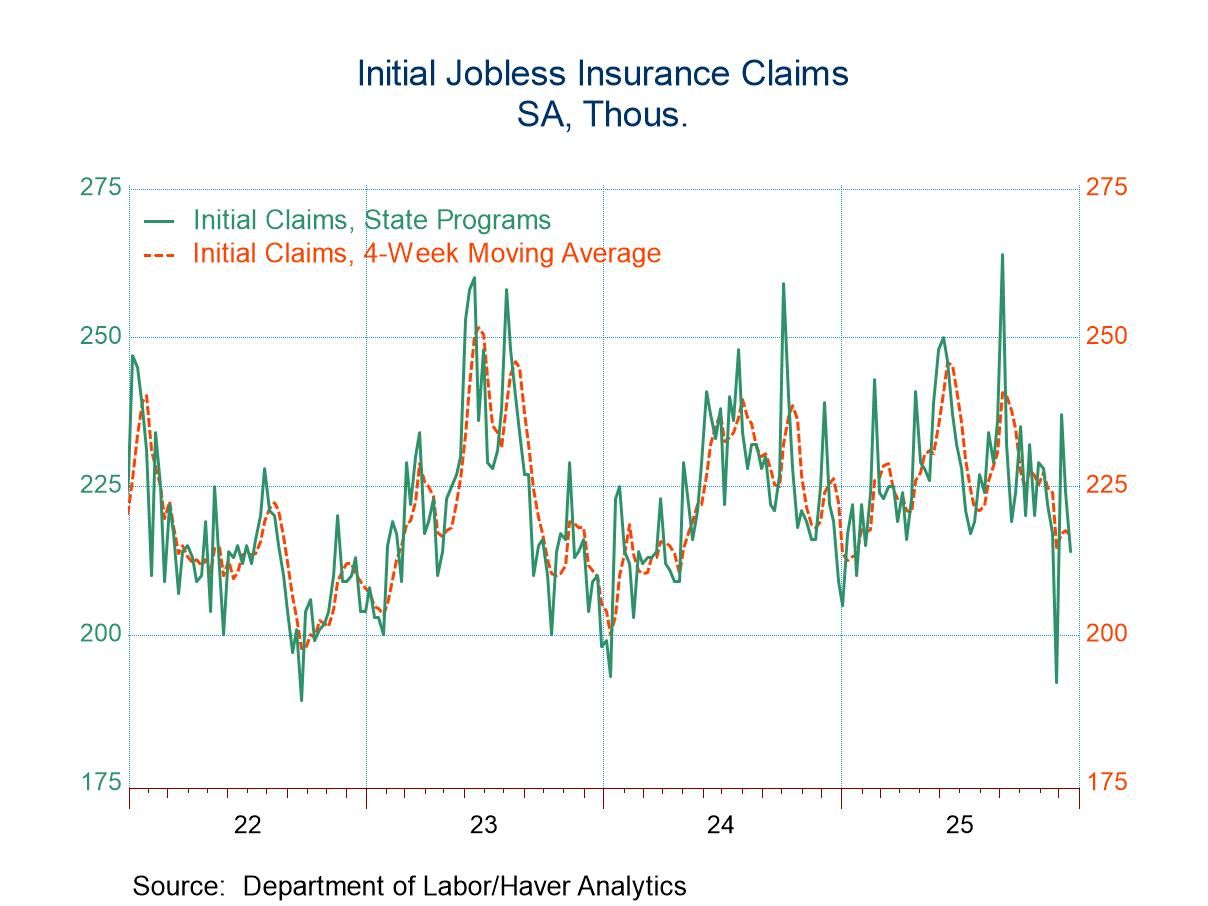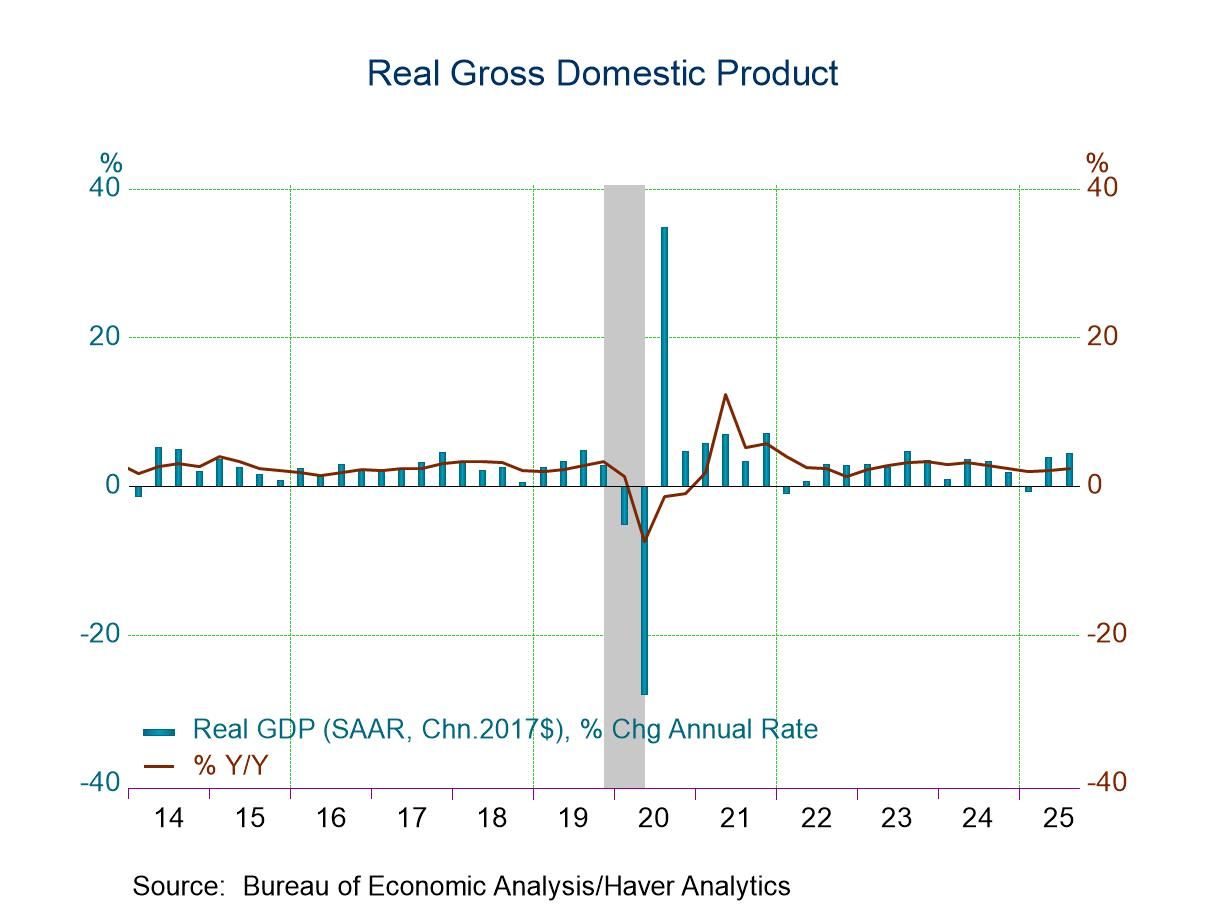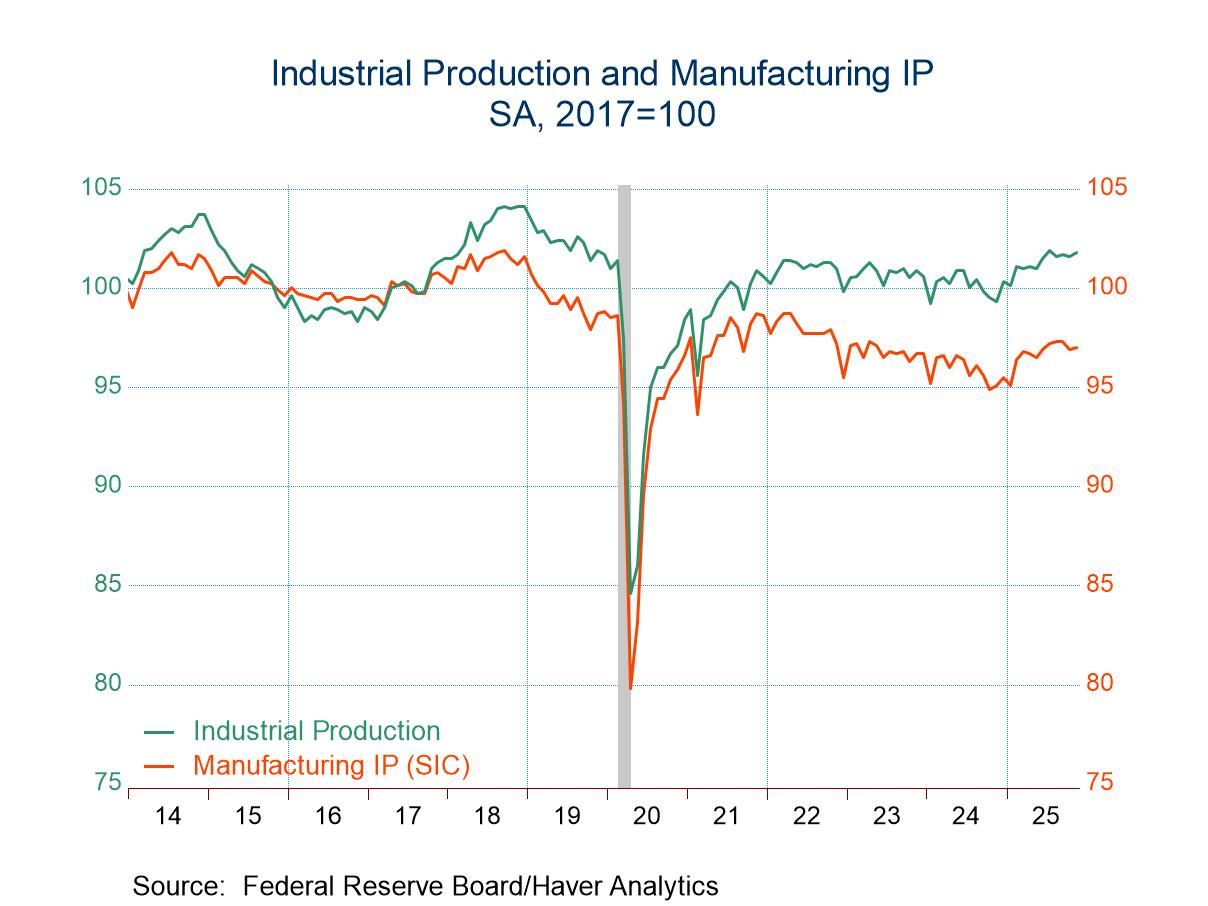 Global| Nov 16 2006
Global| Nov 16 2006Treasury TIC Data Shows Strong Investment Flows into US, but Also Sizable Outflows Abroad by US Investors
Summary
The US Treasury today reported its "TIC" data for September. Besides the usual monthly flows of security purchases, there is a new compilation of summary data on short-term liabilities and on return of capital to foreign investors [...]

The US Treasury today reported its "TIC" data for September. Besides the usual monthly flows of security purchases, there is a new compilation of summary data on short-term liabilities and on return of capital to foreign investors through such vehicles as stock swaps and repayments of principal on mortgage-backed securities. The new table is called "TIC Monthly Reports on Cross-Border Financial Flows".
The flows themselves are large, but relatively unsurprising, given the size and direction of world trade. Foreign investors continue to buy domestic US securities in size, totaling $88.0 billion in September and the same average over the past year. This year, though, they have reduced their purchases of Treasuries and increased their participation in agencies ("GSEs") and corporate bonds. The trend in purchases of corporate equities remains far smaller than other assets, but considerably larger than anytime in the past five years -- since the "dot.com" bust.
We often argue that the capital accounts do not exist simply to "finance the trade deficit". People make investment decisions based on their assessments of relative return in its own right. So we note with interest that in addition to the outflows of funds associated with the current account deficit, there are capital outflows as US investors participate in foreign financial markets. In September this amounted to nearly $23 billion and has averaged $15 billion over the past 12 months, an unprecedented amount.
Further, as the Treasury's new summary table shows, "other acquisition of long-term securities" is responsible for net capital outflows of about $12.0 billion monthly. These data have long been available, but hidden far down in the tables. This move by the Treasury to put them in a main table highlights the growing importance of these flows -- mortgage prepayments and swaps. In another helpful action, the Treasury has also summarized the detailed bank-reported data on Treasury bills and custody holdings. These perhaps can be seen as transactions that help put the "balance of payments" in balance. And they are volatile; for instance, they generated inflows of almost $30 billion in July, but outflows of nearly $11 billion in September. Over the last 12 months, net foreign acquisition of these short-term assets has averaged $9.2 billion, but there were net foreign liquidations in 2005 of almost $4 billion a month.
In a final new item, "Monthly Net TIC Flows", the sum of the Treasury's data shows that foreign investors have invested about $75 billion a month over the last year, up from $55.6 billion in 2005 but less than the $81.6 billion in 2004. These flows omit direct investment and other banking and non-banking instruments, so they are not a complete balance of payments set, but they are strong indicators of investor interest in both US and international capital markets.
| Net Foreign Pur chases from US Residents, Bil $ | Sept 2006 | Aug 2006 | July 2006 | Monthly Average||||
|---|---|---|---|---|---|---|---|
| Last 12 Months | 2005 | 2004 | 2003 | ||||
| 1. Domestic Securities | 88.0 | 117.2 | 54.5 | 88.0 | 84.2 | 76.4 | 60.0 |
| Treasuries | -0.4 | 44.3 | 6.2 | 17.8 | 28.2 | 29.3 | 22.0 |
| Agencies | 26.0 | 31.4 | 18.6 | 23.4 | 18.3 | 18.9 | 13.0 |
| Corporate Bonds | 52.7 | 37.0 | 19.1 | 37.5 | 31.0 | 25.8 | 22.1 |
| Equities | 9.6 | 4.4 | 10.4 | 9.2 | 6.7 | 2.4 | 2.9 |
| 2. Foreign Securities | -22.9 | -2.7 | -21.8 | -15.2 | -14.4 | -12.7 | -4.7 |
| 3. "Other Acquisition"* | -11.9 | -11.1 | -14.5 | -12.0 | -11.7 | -3.2 | -11.6 |
| 4. Net Foreign Acquisition (1+2+3) | 53.2 | 103.3 | 18.3 | 60.8 | 58.2 | 60.4 | 43.7 |
| 5. Short-Term Liabilities | -10.8 | 9.6 | 29.7 | 9.2 | -3.9 | 15.8 | 1.3 |
| 6. Total TIC Flows** | 53.7 | 97.1 | 53.9 | 75.4 | 55.6 | 81.6 | 60.0 |
Carol Stone, CBE
AuthorMore in Author Profile »Carol Stone, CBE came to Haver Analytics in 2003 following more than 35 years as a financial market economist at major Wall Street financial institutions, most especially Merrill Lynch and Nomura Securities. She had broad experience in analysis and forecasting of flow-of-funds accounts, the federal budget and Federal Reserve operations. At Nomura Securities, among other duties, she developed various indicator forecasting tools and edited a daily global publication produced in London and New York for readers in Tokyo. At Haver Analytics, Carol was a member of the Research Department, aiding database managers with research and documentation efforts, as well as posting commentary on select economic reports. In addition, she conducted Ways-of-the-World, a blog on economic issues for an Episcopal-Church-affiliated website, The Geranium Farm. During her career, Carol served as an officer of the Money Marketeers and the Downtown Economists Club. She had a PhD from NYU's Stern School of Business. She lived in Brooklyn, New York, and had a weekend home on Long Island.





